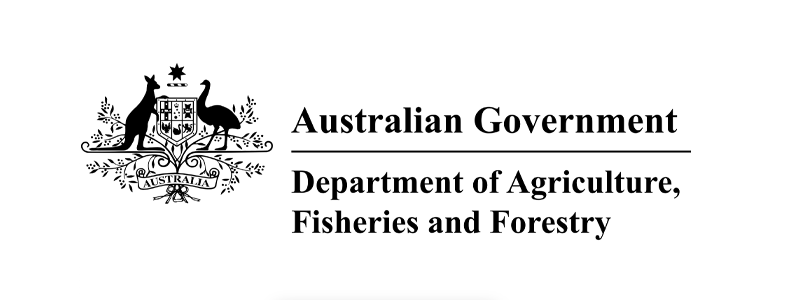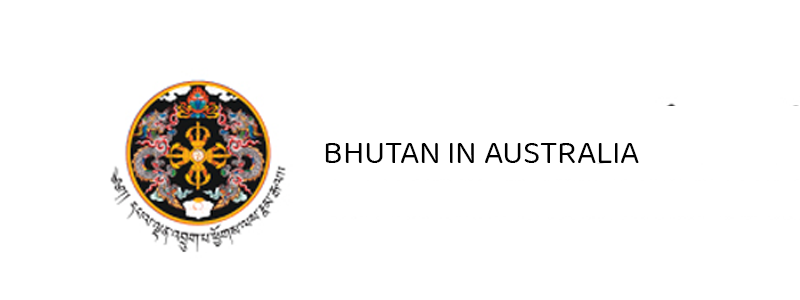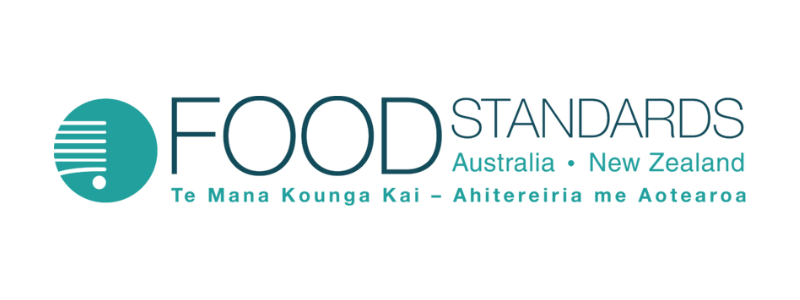GST
It is important to remember that Australia implements Goods and Services Tax (GST). GST is calculated as 10% of the total value of your products. This value is calculated by adding:
- the customs value of the imported goods themselves.
- the cost of transporting your goods from Bhutan to Australia
- the cost of insurance for transporting your goods.
- customs duty
- a wine tax, in some cases.
Notice that there is a “customs duty” under the GST value calculation. This is because GST is not the same as a customs duty. So, when exporting your products, be aware there is another source of expenses. It’s important to know about GST and prepare financially to avoid feeling like this was a hidden cost. If the shipment is of a high value then the GST on it could be a big expense too. GST is added to the customer invoice so this will be reclaimed by the importer in due course but will require careful cashflow management.
Customs
The amount of customs duty payable on imports to Australia will vary depending on several factors, including the type of goods being imported, the country of origin, and the value of the finished goods.
The rates of customs duty can vary widely depending on the type of goods being imported, with some goods attracting higher rates of duty than others.
Generally, most general cargo attracts a standard rate of 5% import duty on Free on Board (FOB) value.
It is recommended that you consider working with a licensed customs broker or a freight forwarder to handle the export customs clearance process. It is important to ensure that all required documents are submitted (i.e. import declaration) to the relevant authorities for a smooth clearance.
This page on the ABF website provides information about customs brokers. Customs brokers are licensed professionals who can assist importers and exporters with the customs clearance process. Bhutanese producers exporting to Australia may want to consider working with a customs broker to ensure that their shipments are cleared through customs smoothly and efficiently.
This page on the ABF website provides a list of registered customs brokers in Australia. Bhutanese producers exporting to Australia can use this list to find a customs broker in their area.





